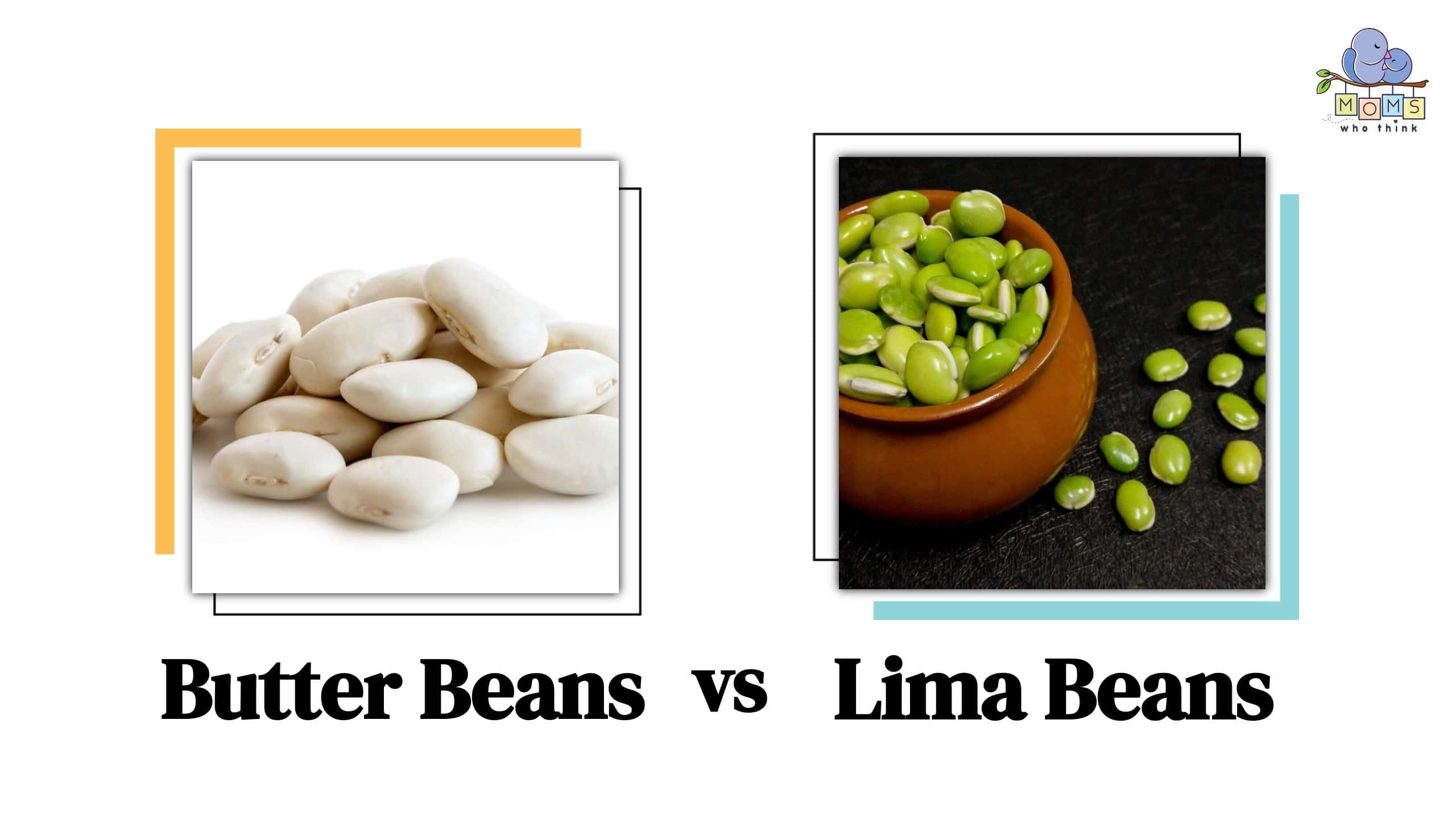When it comes to butter beans vs. lima beans, you’re not going to find many differences. That’s because they are actually the exact same thing! Butter beans are just a variety of lima beans, but are pretty much identical in terms of nutrition and texture. Butter beans, and lima beans more generally, are a type of legume.
What is a Legume?
A legume refers either to a type of plant, or the fruit or seeds of that particular plant, which is part of the pea family. Technically, the term “legume” should only be used to describe the whole plant, whereas “pulse” is the part we actually eat, like peas or beans.
Legumes can come in different shapes and sizes, but the most commonly occurring structure looks like what you probably think of when you hear “green beans.” They are usually narrow with each of their seeds stacked on top of each other.
- The must-have convenient reference guide for every home cook!
- Includes more than 8,000 substitutions for ingredients, cookware, and techniques.
- Save time and money on by avoiding trips to grab that "missing" ingredient you don't really need.
Many legumes have seams along their sides which make them easier to open. Think edamame or snap peas. But there are also legumes that you have to work harder to get open, like peanuts.
Legumes are a popular staple in vegetarian dishes because they offer a lot of nutrients and protein in their seeds. The U.S. Dietary Guidelines recommends having about three cups of legumes a week because they are a rich source of protein, folate, fiber, iron, and healthy fatty acids.
Some other kinds of legumes are beans, lentils, and tamarind, a sour fruit often used in Indian dishes.
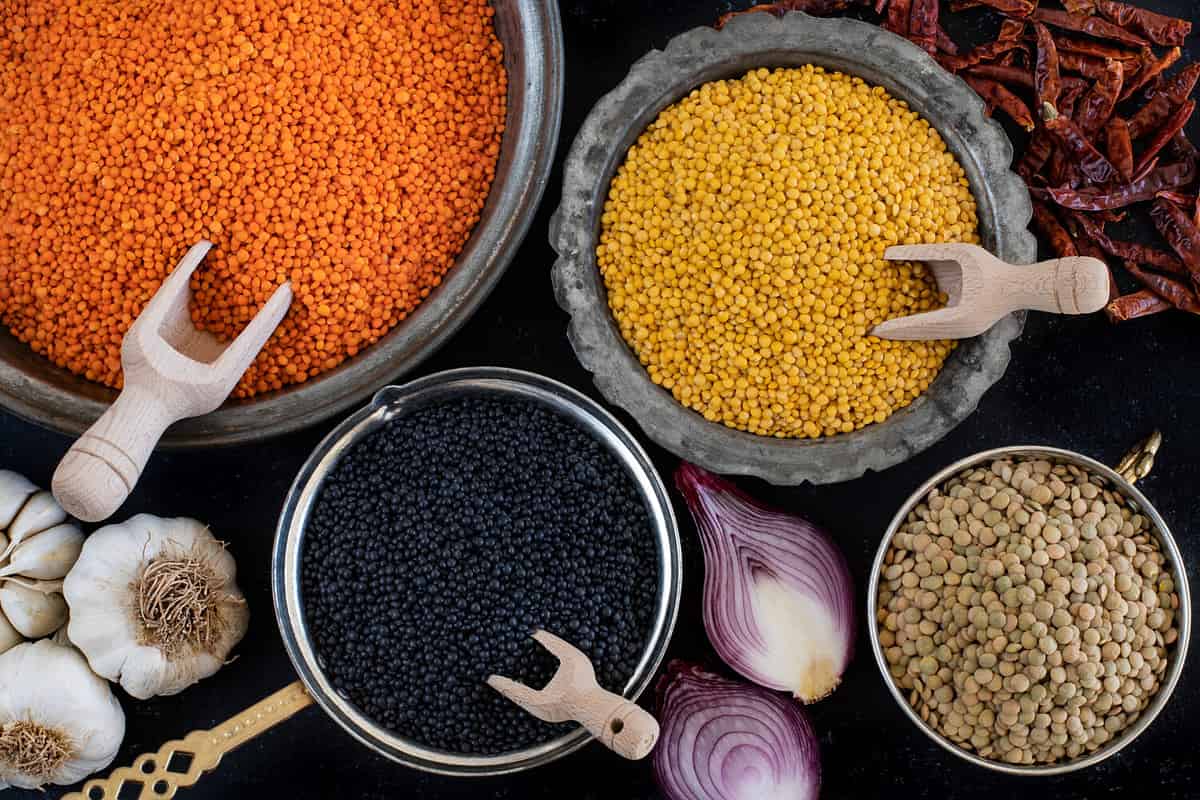
©Gulcin Ragiboglu/Shutterstock.com
Butter Beans vs. Lima Beans: Key Differences
Since butter beans are technically lima beans, there aren’t many differences.
Appearance is one difference. If you look at a can of butter beans, they will appear whiter in color than lima beans, which usually appear green. But this is also a misconception. Whether a bean appears white or green is largely a difference in plant maturity.
There aren’t any differences in taste, either. Lima beans have a rich, buttery texture when cooked, so food historians believe that’s why they started being called butter beans.
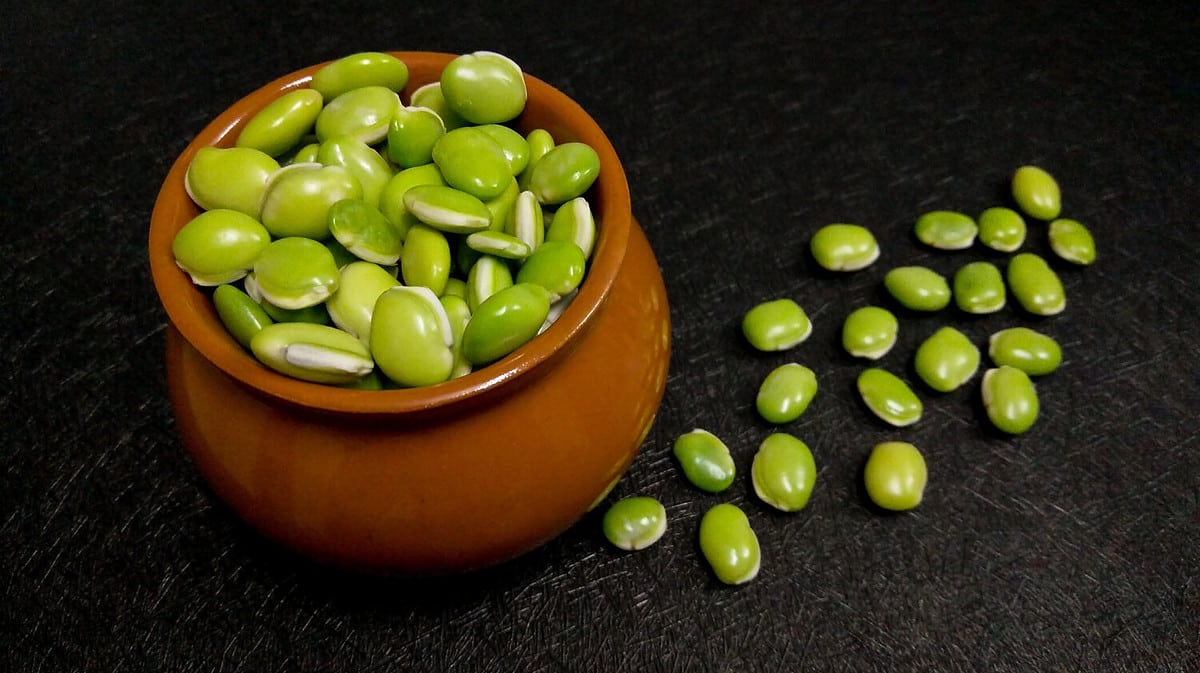
©Niranjan Gaikwad/Shutterstock.com
Butter Beans vs. Lima Beans: Nutritional Comparison
Because lima beans are often bought dried, they do have a slightly different nutritional profile than butter beans, which are sold fresh or canned. Below, see a full comparison between the two.
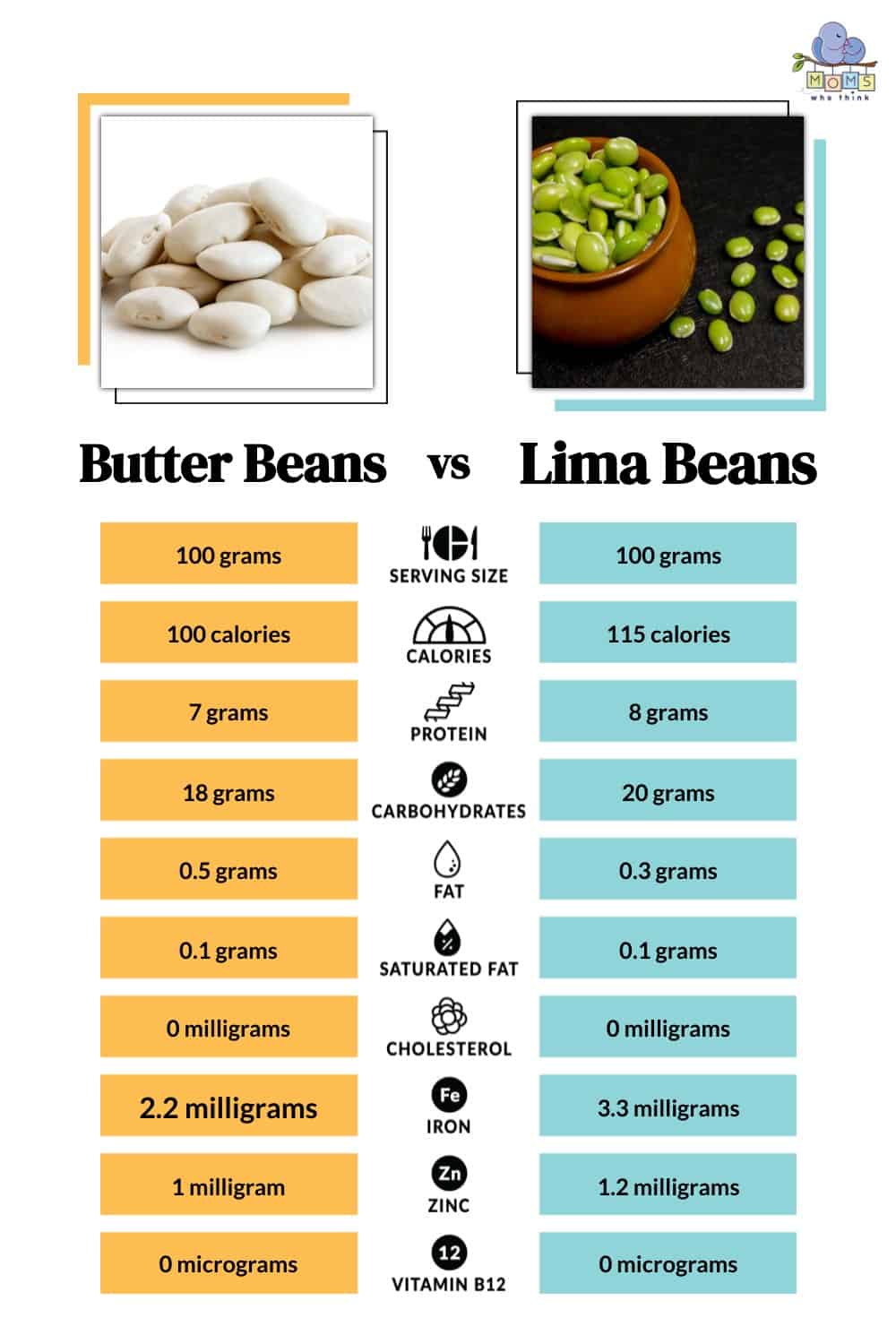
Butter Beans vs. Lima Beans: Which is Healthier?
Although the difference between butter beans and lima beans is negligible since they are technically the same thing, lima beans, often bought dried, are just slightly more nutritious than butter beans. Dried beans take longer to prepare, though, as they require soaking for multiple hours or even overnight.
How to Soak Beans
If you’re preparing dried beans, it’s really not that difficult! It’s just a little more time-intensive. Depending on how long you have and what you’re making, one kind of soak might work better than another. Here are three to try.
- The must-have convenient reference guide for every home cook!
- Includes more than 8,000 substitutions for ingredients, cookware, and techniques.
- Save time and money on by avoiding trips to grab that "missing" ingredient you don't really need.
- Hot Soak: To a large pot, add 10 cups of water for every two cups of dried beans. (4 cups beans = 20 cups water). Heat the water until it boils, then let the water boil for 2-3 minutes. Then, remove your pot from the heat, cover it with a lid, and let the beans stay soaking for up to four hours. This method of soaking is the most popular among cooks as it not only reduces cooking time but also makes the beans come out a little more tender.
- Quick Soak: If you’re short on time, you can go this route. For this soak method, in a large pot, you’ll add six cups of water for every two cups of dried beans. (4 cups beans = 12 cups water). Like the hot soak method, you’ll heat the beans and water to boiling, and let the water boil for about three minutes. After, remove the pot from the heat, cover with a lid, and let the beans soak for at least one hour.
- Traditional Overnight Soak: The least fussy method is this one, as long as you have some time on your hands. For the traditional overnight soak, get out a large container with a lid and add 10 cups of cold water for every two cups of dried beans. (4 cups beans = 20 cups water). Close up your container and refrigerate for eight hours or let the beans soak overnight.
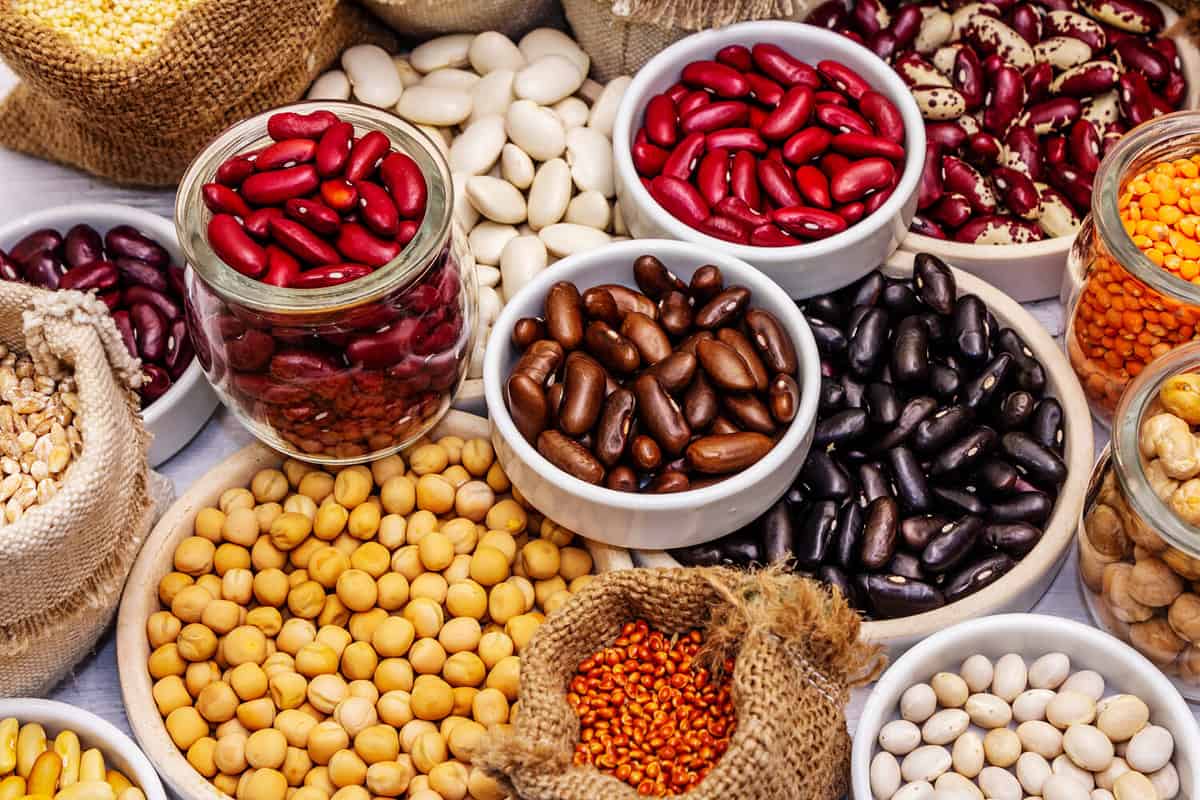
©Chatham172/Shutterstock.com
Recipes to Try
Print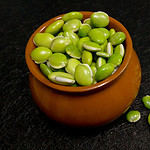
Lima Beans and Spinach
- Yield: 7 servings 1x
Ingredients
2 cups frozen lima beans
1 Tablespoon vegetable oil
1 cup fennel, cut in 4-oz strips
1/2 cup onion, chopped
1/4 cup low-sodium chicken broth
4 cups leaf spinach, washed thoroughly
1 Tablespoon distilled vinegar
1/8 teaspoon black pepper
1 Tablespoon raw chives
Instructions
1. Steam or boil lima beans in unsalted water for about 10 minutes. Drain.
2. In skillet, sauté onions and fennel in oil.
3. Add beans and stock to onions and cover. Cook for 2 minutes.
4. Stir in spinach. Cover and cook until spinach has wilted, about 2 minutes.
5. Stir in vinegar and pepper. Cover and let stand for 30 seconds.
6. Sprinkle with chives and serve.
Nutrition
- Serving Size: 1/2 cup
- Calories: 93
- Sodium: 84mg
- Fat: 2g
- Saturated Fat: 1g
- Carbohydrates: 15g
- Fiber: 6g
- Protein: 5g
Whatever direction you decide to go with dinner, butter beans and other varieties of lima beans are a great way to add flavor and nutrition to your plate.
- The must-have convenient reference guide for every home cook!
- Includes more than 8,000 substitutions for ingredients, cookware, and techniques.
- Save time and money on by avoiding trips to grab that "missing" ingredient you don't really need.
